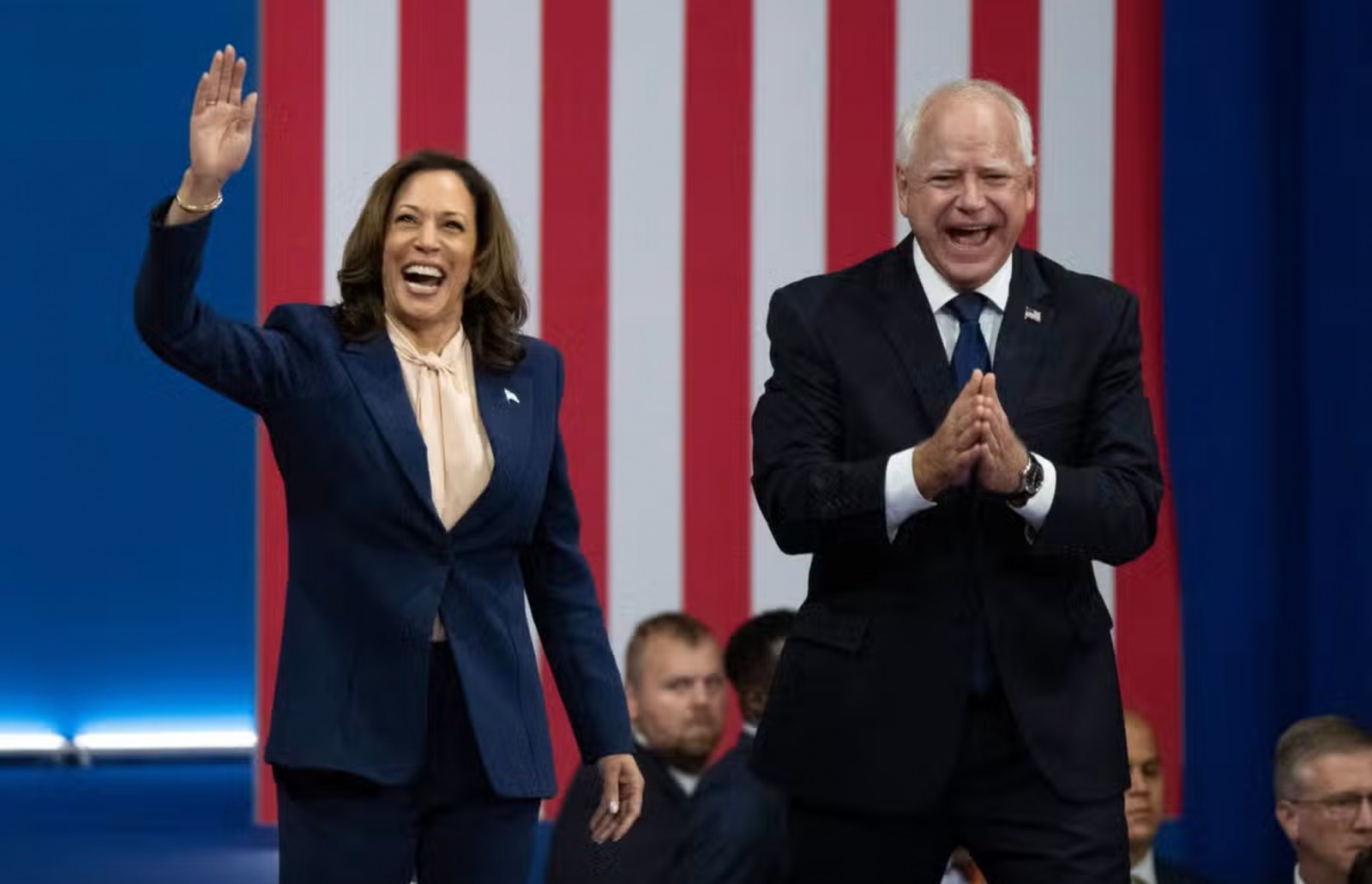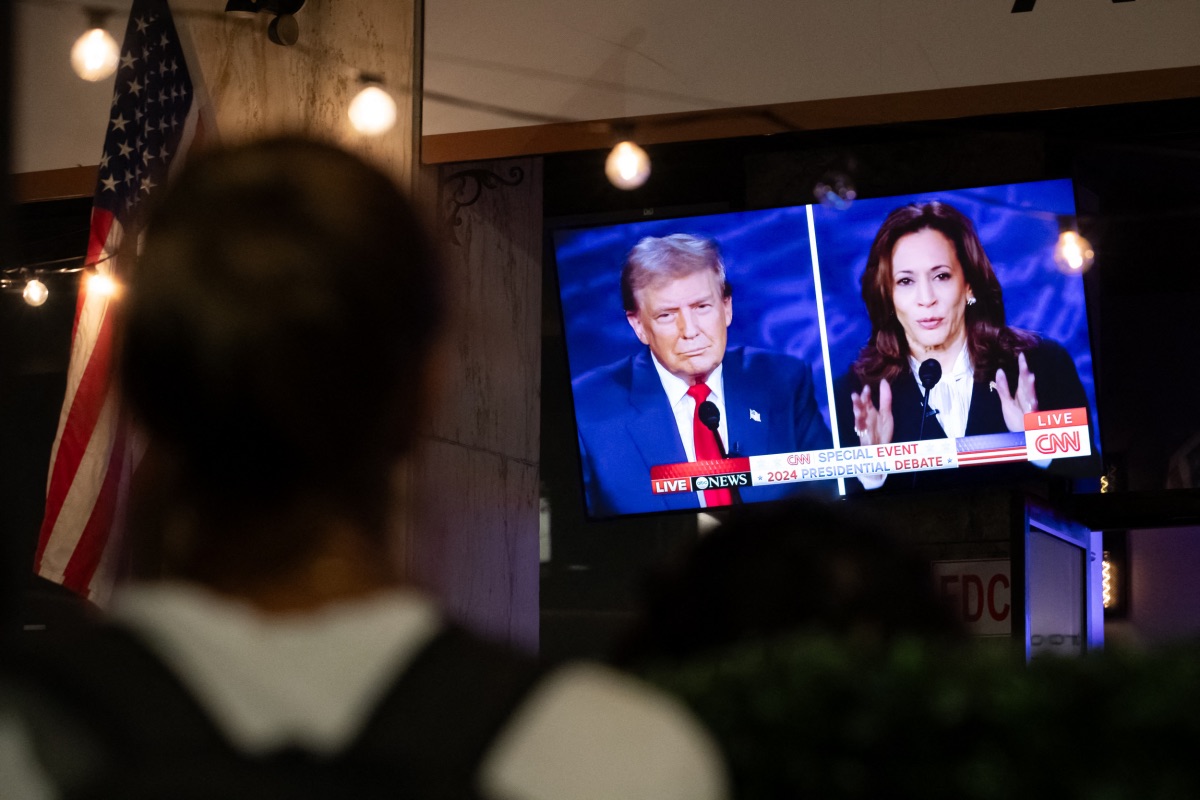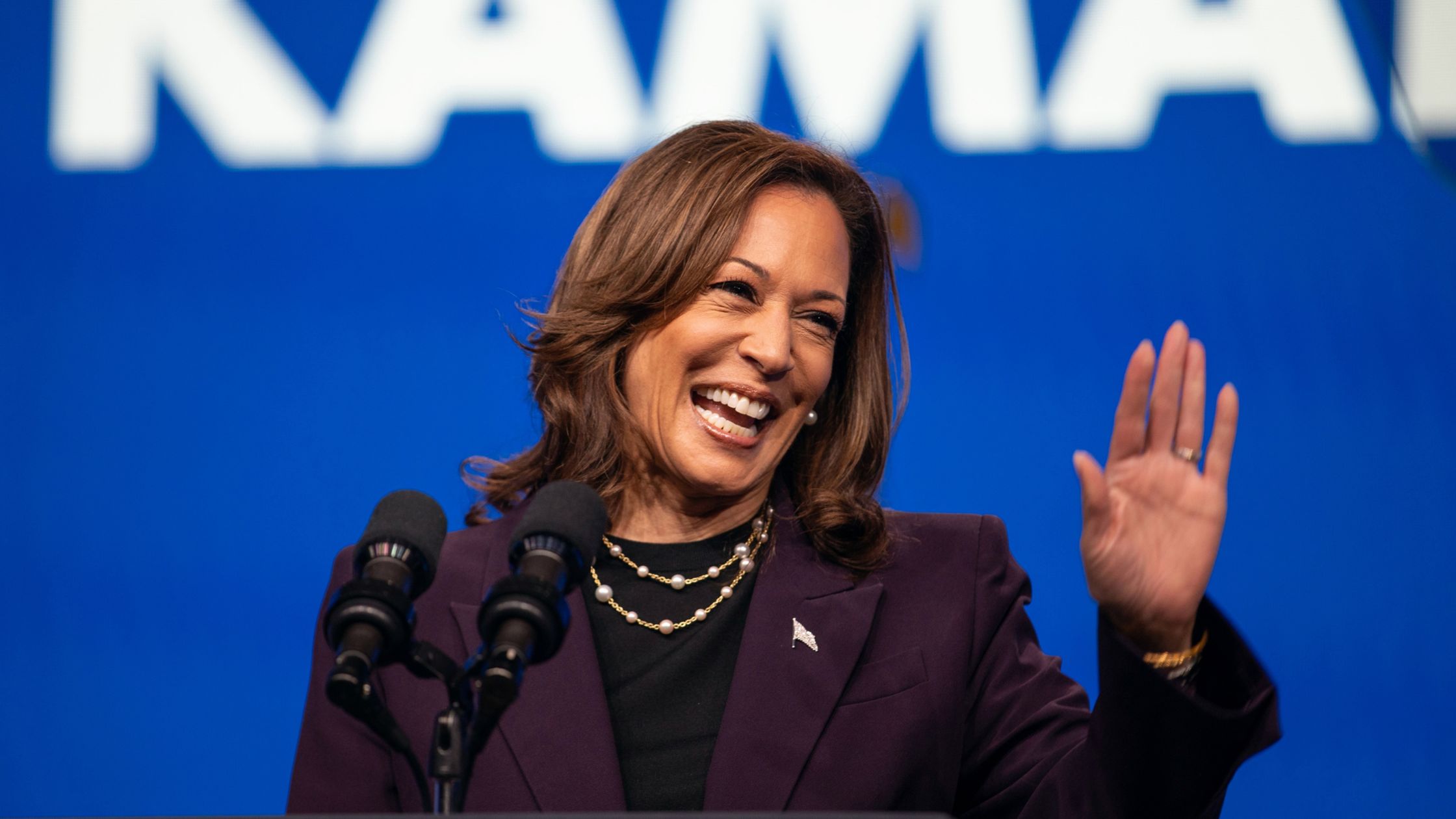WASHINGTON DC, USA — As the 2024 presidential election draws closer, political analysts are examining a range of scenarios that could significantly impact the race. One prominent discussion concerns President Joe Biden’s plans as speculation grows about a potential leadership transition.
There are indications that Vice President Kamala Harris could assume a more central role, with some reports suggesting her team is preparing contingency strategies should Biden step down in October 2024.
These speculations have triggered debates about the strategic communication approaches both major parties might employ to shape public perception and political discourse in response to any developments.

The Democratic Narrative: Incumbency and Leadership Transition
In the event of a leadership change, the Democratic Party will likely position the transition as a positive and well-planned evolution of leadership. They could emphasize the continuation of Biden’s policy agenda while framing Harris as the torchbearer for a new generation of leadership.
- Leadership Continuity and Renewal: Democrats might argue that Biden’s decision to step down is a proactive move that allows the party to remain focused on long-term goals. Harris could be presented as a leader capable of uniting a diverse electorate. Her background and experience might be used to energize new voters.
- Legacy Framing: In Biden’s recent address at the U.N. General Assembly, he stated, “Being president has been the honour of my life. But after 50 years of public service, it’s time for a new generation of leadership to take my nation forward.” This sentiment could be leveraged to present Harris’s presidency as a continuation of Biden’s legacy.
- Visibility and Public Relations: Harris’s transition to the presidency would give her a powerful platform to address major national issues. As the first female president, her visibility could dominate media coverage, creating a favourable narrative.
- Risk Management: Democratic strategists may highlight Harris’s leadership’s benefits while downplaying risks. This narrative could showcase her as a break from Biden’s challenges, allowing the party to focus on future opportunities rather than past difficulties.

Republican Counter-Narrative: Trump’s Emotional Appeals
In response, Donald Trump’s campaign will likely deploy rhetorical strategies aimed at undercutting any advantages Harris may gain from her new role. Trump’s messaging often targets the emotional instincts of his base while challenging the logic of the Democratic narrative.
- Undermining Leadership: Republican figures, such as Rep. William Timmons and House Speaker Mike Johnson, have already called for Biden’s resignation, suggesting his administration is faltering. Trump could frame Harris’s ascension as further evidence of failed leadership, implying that if Biden is unfit to lead, Harris is equally inadequate.
- Personal Attacks: Trump’s rhetorical style frequently includes personal attacks aimed at discrediting his opponents. His use of labels like “Laffin’ Kamala” and “Crazy Kamala” plays into a strategy designed to delegitimize Harris’s leadership and distract from substantive policy discussions.
- Fear-Based Messaging: Trump may argue that a Harris presidency would lead to economic instability or weakened national security, playing on anxieties about the future. Even without evidence, these narratives resonate with portions of his voter base concerned about the country’s direction.
- Binary Framing: Trump’s messaging often simplifies complex political issues into binary choices. In this case, he could frame the election as a choice between his “proven leadership” and Harris’s inexperience. By focusing on perceived failures of the Biden administration—such as inflation or immigration challenges—Trump may try to shift voter attention away from Harris’s accomplishments.
- Sarcasm and Rhetoric: At rallies, Trump might employ his signature sarcastic remarks to question Harris’s credibility, stating things like, “She says she’s going to lower the cost of food and housing, starting on Day 1. But Day 1 for Kamala was 3½ years ago. So why didn’t she do it then?” Such remarks distort the Democratic platform while simplifying the critique into memorable narratives.

The Role of Media and Public Perception
In the event of Biden’s resignation, media coverage will play a pivotal role in shaping public perception. Democrats will likely capitalize on Harris’s rise as a historic moment for the country, positioning her as a trailblazer whose presidency continues Biden’s legacy. This framing could generate positive media narratives and build momentum for her campaign.
However, Republicans may leverage early media coverage to cast doubt on Harris’s leadership, especially by focusing on her track record as vice president. Conservative media outlets might amplify critiques from independent voters or highlight any perceived hesitation from within the Democratic Party.
Final Thoughts: The High-Stakes Communications Battle
A potential leadership transition in October 2024 sets the stage for a fierce communications battle between Kamala Harris and Donald Trump. Both parties will craft strategic messages to influence public opinion and sway undecided voters.
Democrats are likely to emphasize Harris’s leadership and connection to Biden’s legacy, while Republicans will aim to cast doubt on her qualifications and stability. In this high-stakes environment, successful messaging will be crucial in shaping the outcome of the 2024 presidential election.
Artie Fields is an expert in persuasion and influence marketing with over 20 years of international experience. He is currently serving as a strategic communication manager where he leads strategic initiatives across multiple programs and divisions. He writes from Washington DC, USA.
The opinions expressed in this article are solely those of the author.







